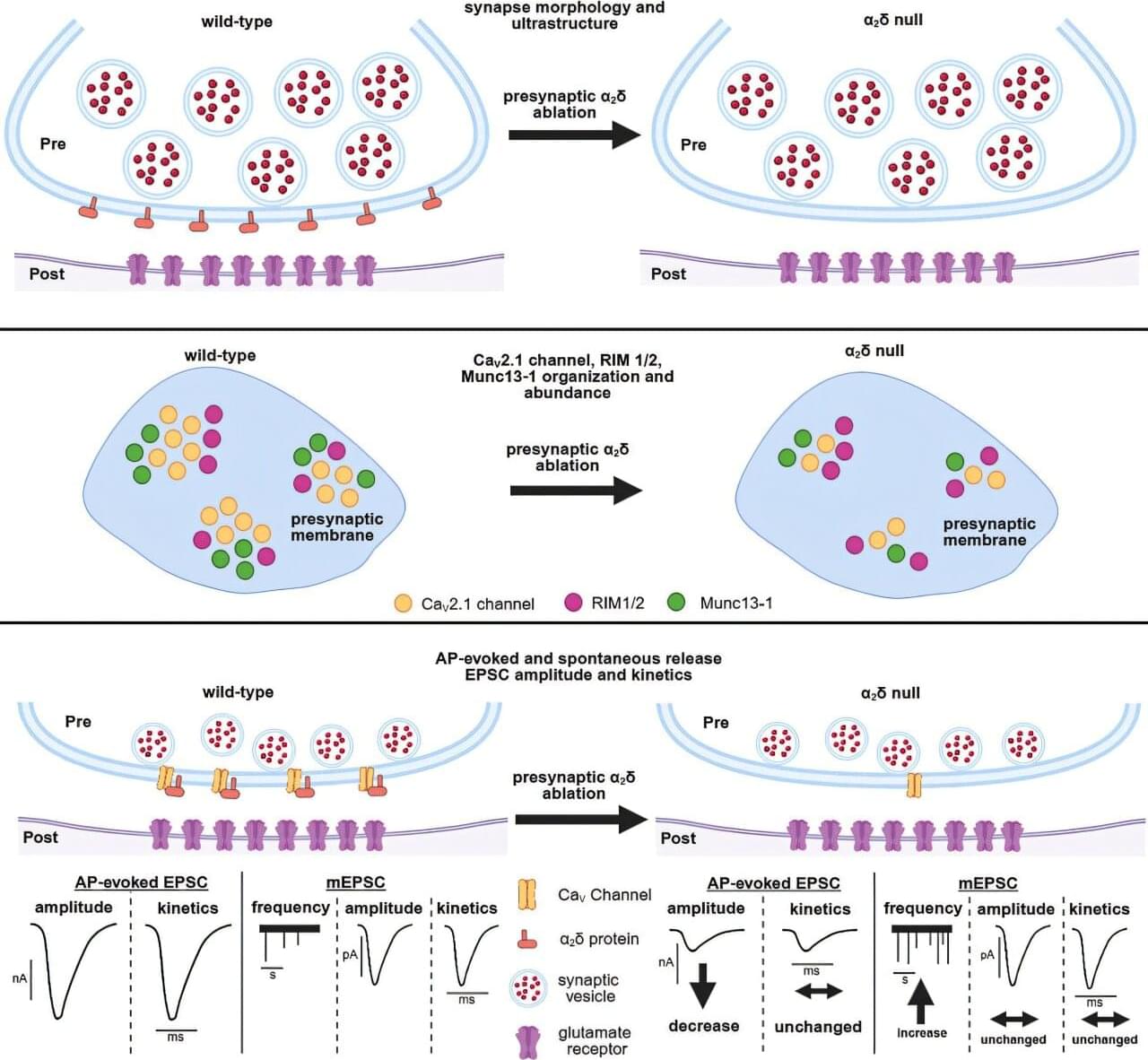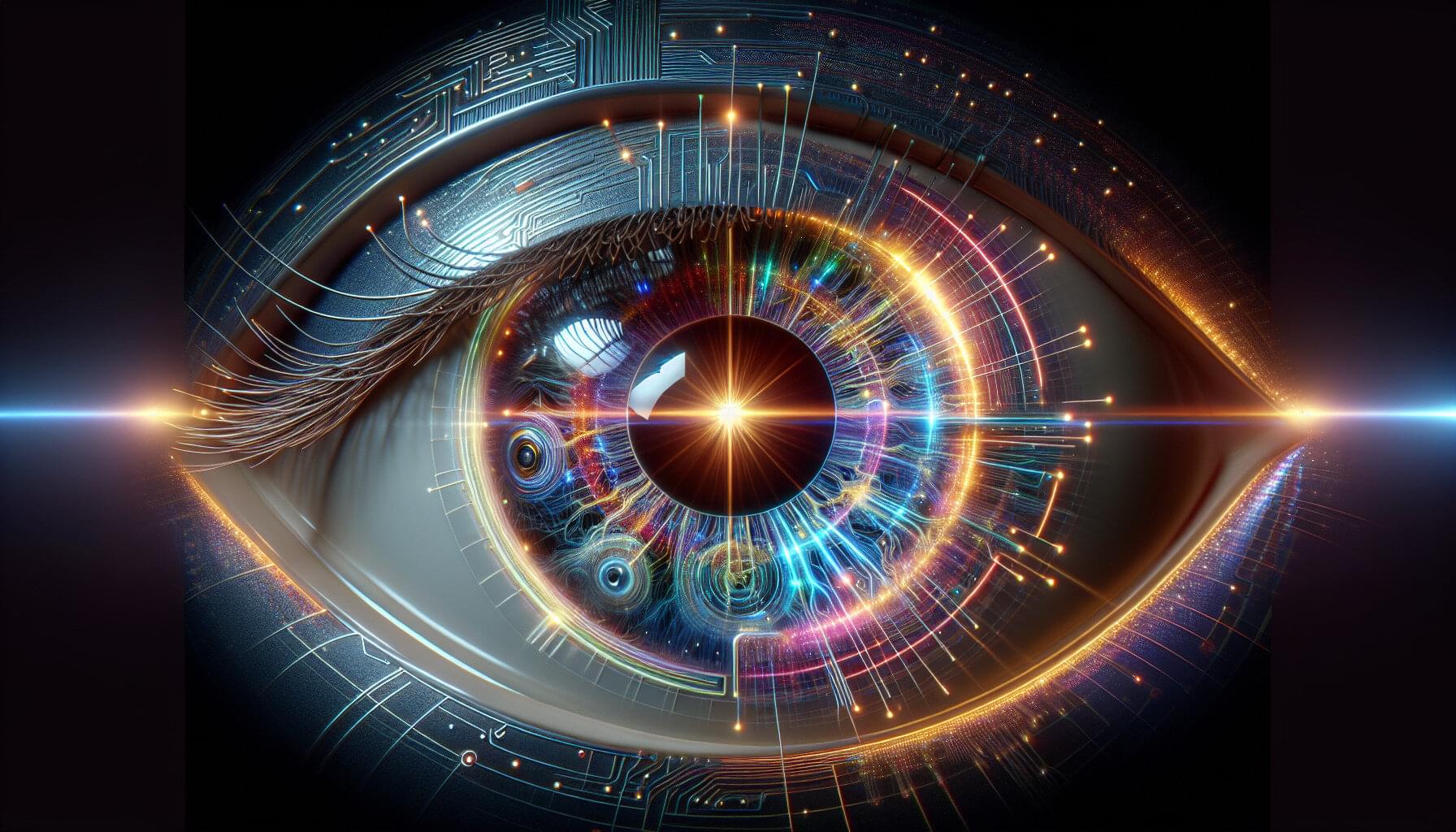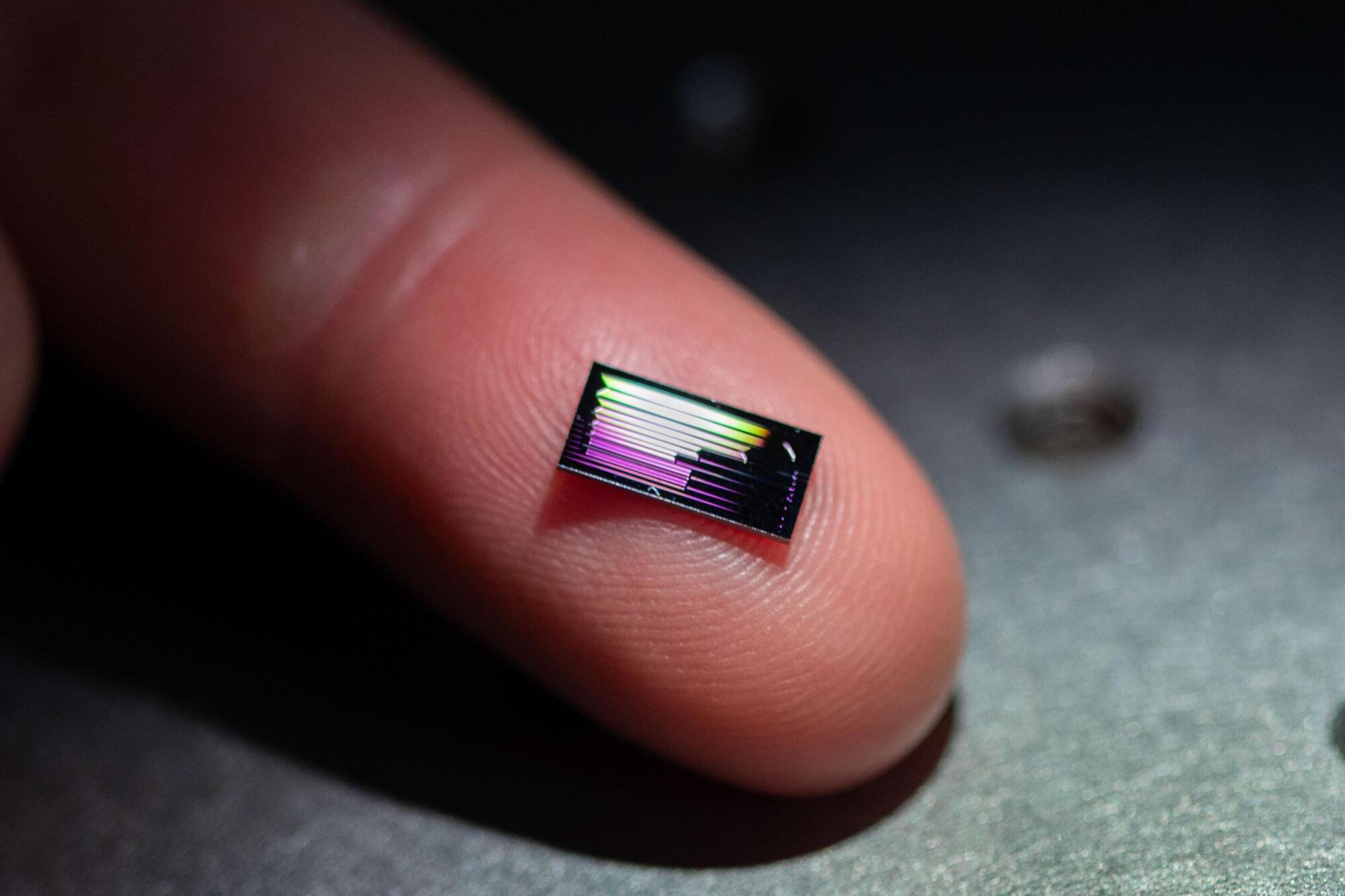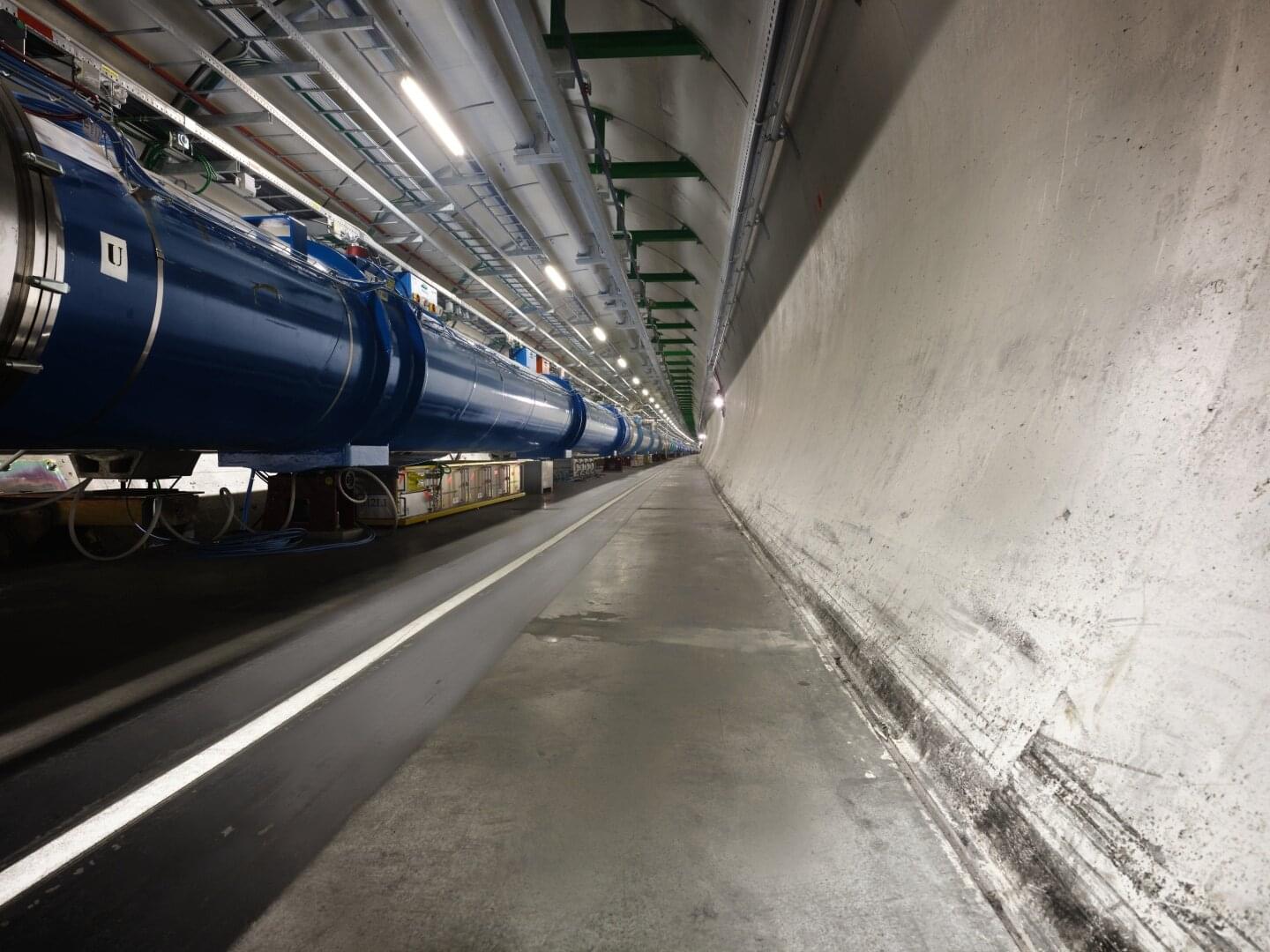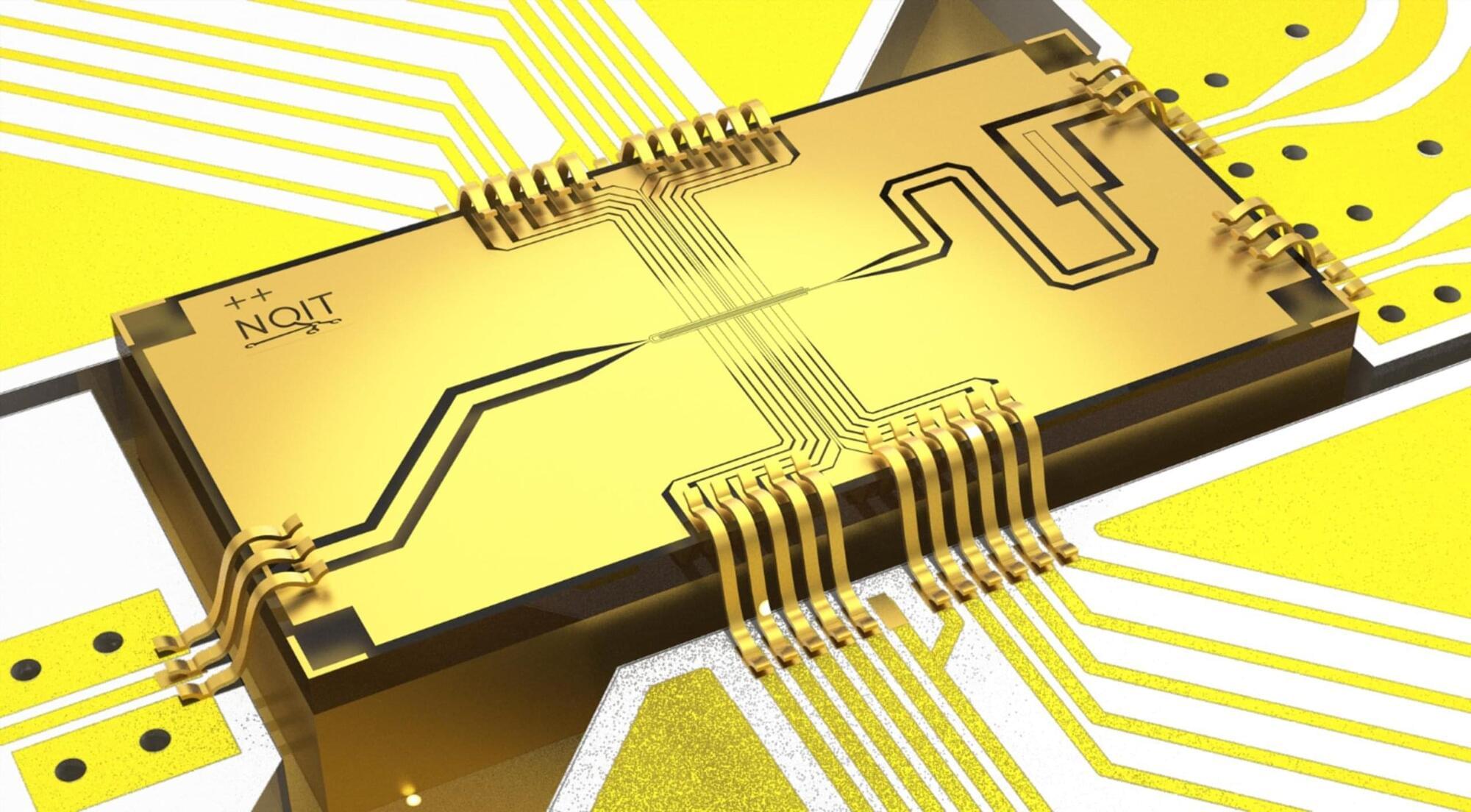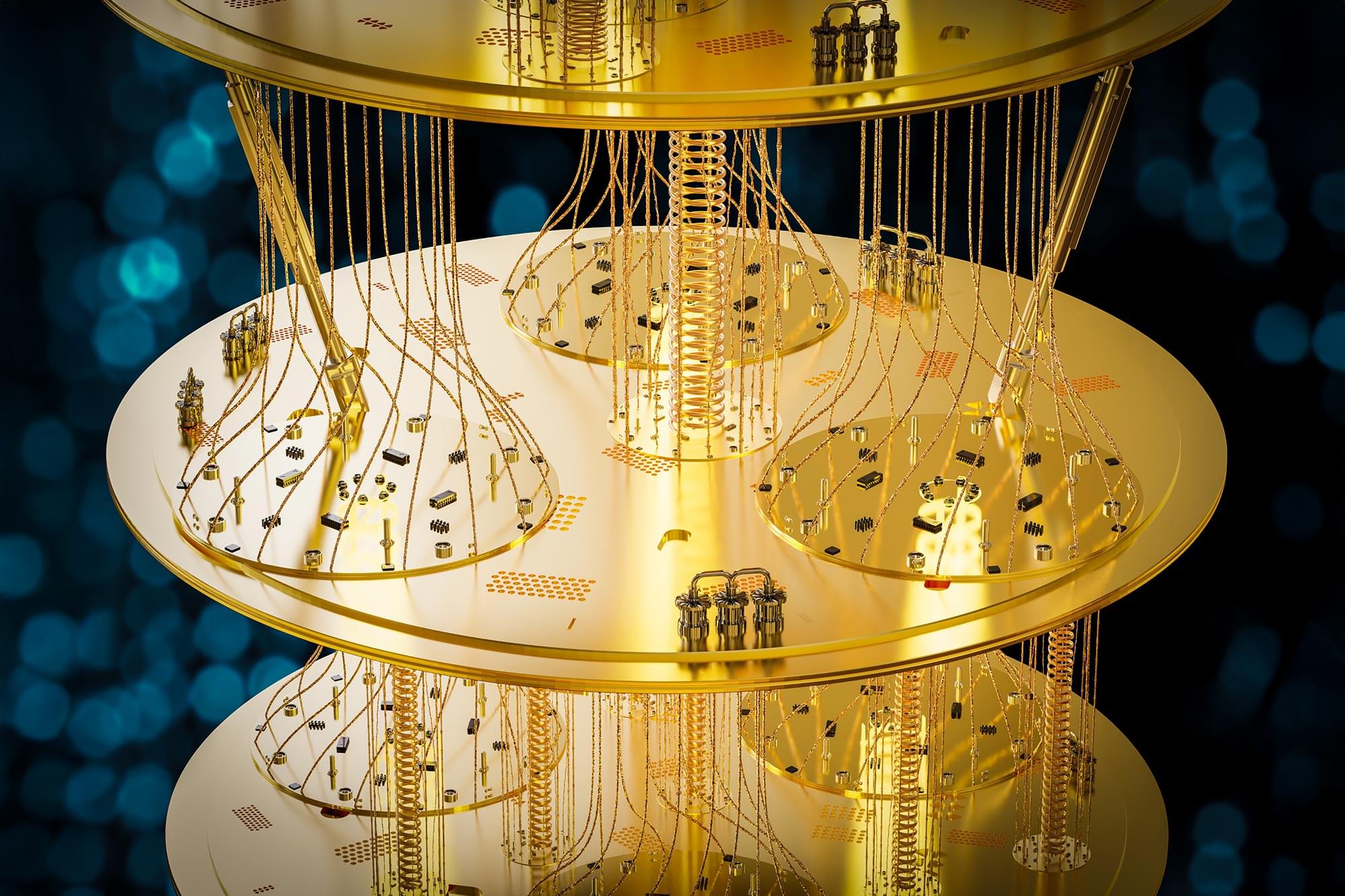“The current operating mode, in which a beam of protons collides with a beam of oxygen ions, is the most challenging,” points out Roderik Bruce, an LHC ion specialist. “This is because the electromagnetic field inside the accelerator affects protons and oxygen ions differently, due to their different charge-to-mass ratios. In other words, without corrections the two beams would collide in different places at each turn.”
To overcome this problem, the engineers are carefully adjusting the frequency of revolution and the momentum of each beam, so that the collisions take place right at the heart of the LHC’s four main experiments: ALICE, ATLAS, CMS and LHCb.
But these four experiments are not the only ones to be involved in this special campaign. Last week, the LHCf experiment, which studies cosmic rays using the small-angle particles created during collisions, installed a detector along the LHC beamline, 140 meters from the ATLAS experiment’s collision point, which it will use for proton–oxygen run. This detector will later be removed and replaced by a calorimeter, which will provide additional data during the oxygen–oxygen and neon–neon collisions.
